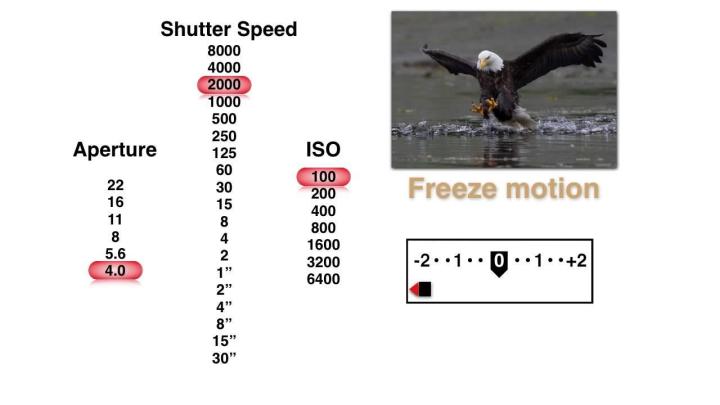
Photography can be so much more expressive when you venture beyond point-and-shoot. For newbies stepping up to a more capable camera, such as an advanced compact, a mirrorless compact system camera, or a DSLR, they may at first be overwhelmed by the sheer endless amount of settings that can be done manually, versus the convenience of the automatic mode of a pocket camera or smartphone. Yes, photography is partly about what you capture, not how you capture it. But for anyone serious about creating beautiful photography – where you are in charge of the camera – one thing you should learn and understand is the so-called “exposure triangle.”
We’ve written about exposure, in great length. But basically, the exposure triangle takes into account three of the most important basic settings of your camera, all which are important to keep track of in order to get a good exposure. This holy trinity are the aperture of the lens, the shutter speed, and the ISO value. By opening up or closing down the aperture, you exert control over how much light enters the camera in a given amount of time. Which leads us to the shutter speed, which states how long the camera’s shutter will stay open to expose the sensor. And finally, the ISO value influences how bright an image will turn out given a specific aperture setting and shutter speed.
When setting your camera to an automated shooting mode, the internal software takes care of all relevant exposure parameters. However, once you want to be in control of what your camera does, understanding how these parameters interact with each other is paramount. The video from CreativeLive below takes you on a tour of the exposure triangle, and demonstrates how it can be applied to the scenario of freezing the motion of a bird in flight.
There are, of course, many more possible shooting scenarios, but once you’ve understood how the exposure triangle works, you should be able to apply it to your own photography. Learning to master manual exposure will eventually help you to get the best possible results under all circumstances, especially when your camera’s auto mode or scene modes won’t do the trick. The best part is, with digital cameras, you can’t mess up – experiment as much as you want, until you feel you have control over the camera, not the other way around.
As technology evolves and improves, many believe that exposure triangle will no longer be needed in future cameras – that the camera’s auto mode will be that much smarter. In the meantime, learning about exposure will help you create photography that is uniquely yours.
(Via PetaPixel)
Editors' Recommendations
- How to turn off the camera shutter sound on an Android phone
- Photography 101: Exposure, aperture, shutter speed, and ISO
- How to take a long-exposure photograph
- What is aperture priority? Unlock your camera’s potential with this mode
- What is shutter priority? How to master blur in “S” or “Tv” mode


